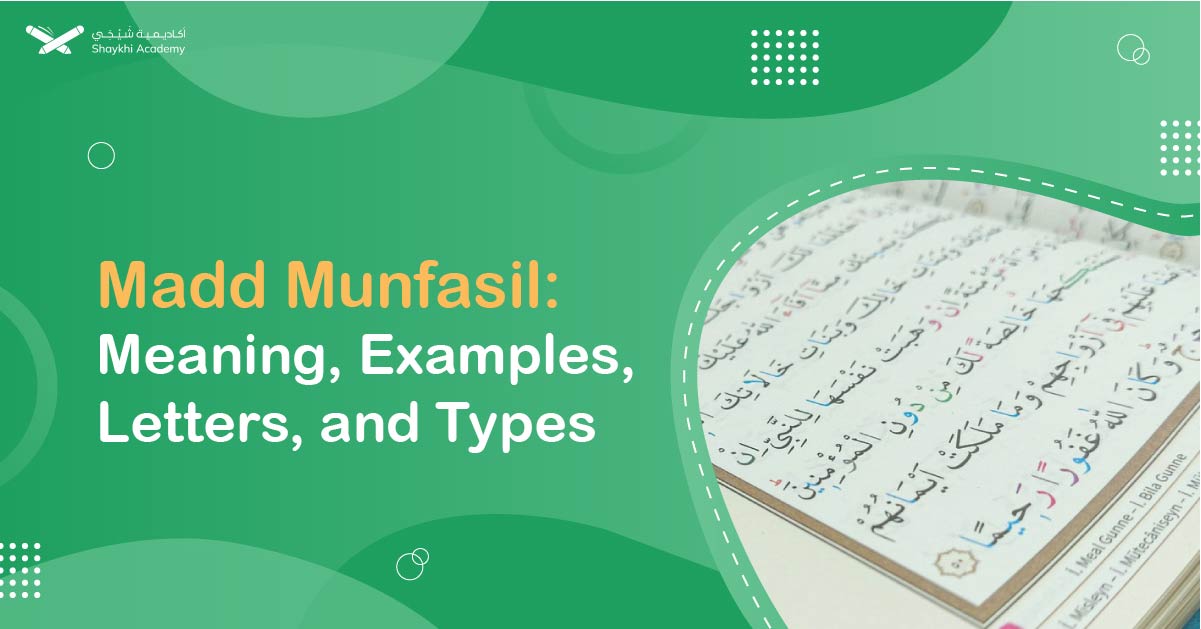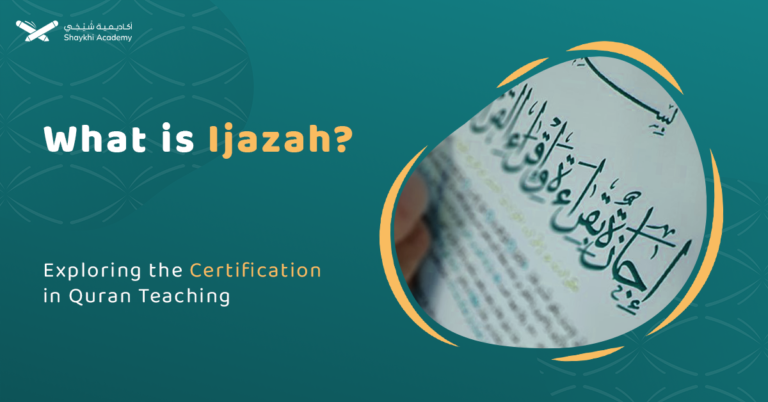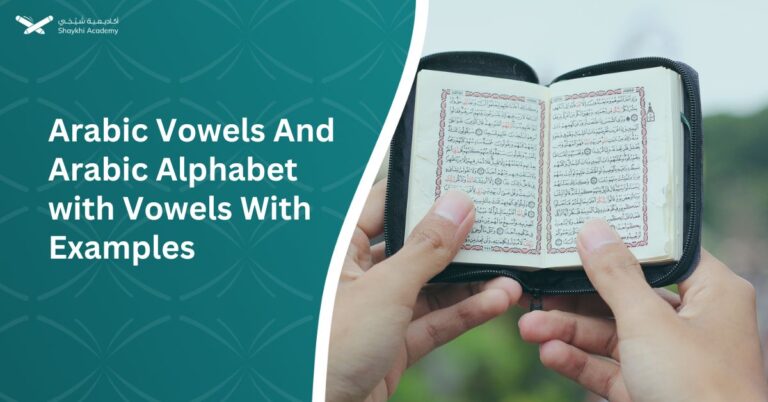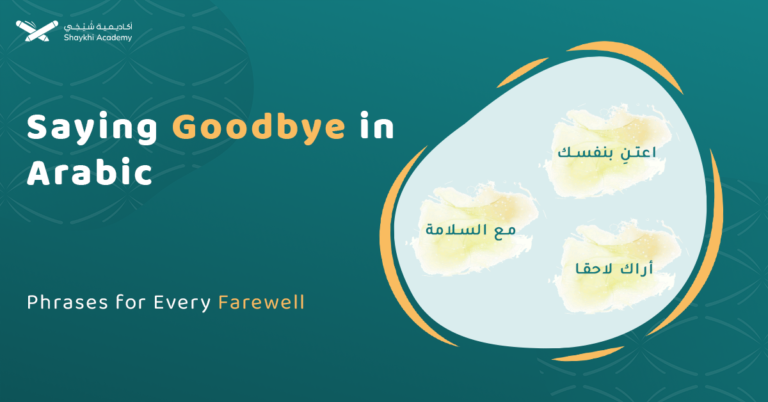Madd Al-Munfasil refers to the elongation that occurs when an elongation letter (Alif, Waw, or Ya) ends one word, and a hamzah begins the next, connecting them in recitation. It is permissible (Jaiz) to either shorten (2 counts) or elongate (4–5 counts) based on the recitation method.
Mastering the art of Quranic recitation (Tajweed) involves a deep understanding of various rules and principles that govern the correct pronunciation and melodious flow of the verses. One essential aspect of Tajweed is the rule of elongation (Madd), which adds a rhythmic beauty to the recitation.
Among the different types of Madd, Madd Al-Munfasil, or the separate tide, stands out due to its unique application and significance. This article aims to provide a comprehensive guide to Madd Al-Munfasil, exploring its definition, ruling, divisions, and practical examples, making the learning process accessible and straightforward for all learners.
Definition of Madd Al-Munfasil
Madd Al-Munfasil, or the separate elongation, occurs when an elongation letter (Alif, Waw, or Ya) is at the end of one word, and a hamzah (ء) is at the beginning of the following word. It is termed “Munfasil” (separate) because the elongation and the hamzah are in separate words. This type of elongation connects the sounds of two distinct words, hence the name “separate tide.”
Example of Madd Al-Munfasil from the Quran:
- “Inna anzalnahu” (إِنَّا أَنزَلْنَاهُ) – The elongation letter (Alif) at the end of “Inna” is followed by a hamzah at the beginning of “anzalnahu.”
Madd Jaiz Munfasil
Madd Jaiz Munfasil is a type of elongation in Tajweed where an elongation letter (Alif, Waw, or Ya) appears at the end of one word, followed by a hamzah (ء) at the beginning of the next word. This elongation is permissible (Jaiz), allowing reciters to either shorten it (2 counts) or elongate it (4–5 counts), based on the recitation method they follow.
Ruling on Madd Al-Munfasil
The ruling on Madd Al-Munfasil is that it is permissible (jaiz). This means that reciters have the choice to either shorten or lengthen the elongation. The difference in elongation duration arises because some readers elongate it more than others based on their specific recitation methods.
Evidence for Shortening: The shortening of Madd Al-Munfasil is a valid and recognized method of recitation. It has been transmitted through various chains of narration from prominent reciters like Ibn Kathir, Abu Jaafar, Yaqub, and others. Shortening means pronouncing the elongation letter without extending the duration of its sound beyond the natural elongation.
Types of Madd Al-Munfasil
Madd Al-Munfasil is divided into two main categories:
1. Judgmental Separation (Separative):
- This occurs when the elongation letter is not written in the script but is present in pronunciation.
- Examples:
- “Ya ayyuha” (يَا أَيُّهَا) – The elongation letter Ya is not written but pronounced.
- “Haadhihi” (هَذِهِ) – The elongation letter Ya is not written but pronounced.
2. True Separation (Real Separative):
- This occurs when the elongation letter and the hamzah are explicitly written in the script.
- Examples:
- “Inna anzalnahu” (إِنَّا أَنزَلْنَاهُ)
- “Qaloo inna” (قَالُوا إِنَّا)
Duration of Madd Al-Munfasil
The duration of Madd Al-Munfasil varies depending on the recitation method:
- Shortening: 2 counts (Harakat)
- Elongation: 4 or 5 counts (Harakat)
Note: While reading the Holy Qur’an simultaneously, either shorten all the separate stretches or extend all the separate stretches. It is not permissible to shorten some of them and extend some of them.
Practical Examples from the Quran
| Example | Explanation | Surah | Ayah |
|---|---|---|---|
| إِنَّا أَنزَلْنَاهُ | The elongation letter (Alif) at the end of “Inna” is followed by a hamzah at the beginning of “anzalnahu.” | Al-Qadr | 1 |
| قَالُوا إِنَّا | The elongation letter (Waw) at the end of “Qaloo” is followed by a hamzah at the beginning of “inna.” | Al-A’raf | 28 |
| “Yā Ibrāhīm يا إبراهيم | The elongation letter (Alif) at the end of “ya” is followed by a hamzah at the beginning of “ibrahim.” | Ghāfir | 44 |
| inqalabū ilā ahlihim انقَلَبُواْ إِلَى أَهْلِهِمُ | The elongation letter (Alif) at the end of “ila” is followed by a hamzah at the beginning of “ahlihim.” | Al-Muṭaffifīn | 31 |
Special Cases: The Great Connection Extension (Madd Al-Sila Al-Kopra)
Attached to the separate permissible tide is the Great Connection Tide. It occurs when the pronoun (ضمير) is between two movers and then a Hamza at the beginning of the next word.
For example:
Verse: وَمَا يُغْنِي عَنْهُ مَالُهُ إِذَا تَرَدَّى) الليل 11)
Transliteration: “Wa mā yugh’nī ʿanhu māluhu idhā taraddā”
The “هاء” in “ماله” is connected with a waw, and it is read as “mālahu idhā,” and it takes the rule of permissible separated med, which can be extended four or six counts, and it can also be extended two counts.
Verse: أَيَحْسَبُ أَن لَّمْ يَرَهُ أَحَدٌ) البلد 7)
Transliteration: “A yaḥsabu an lam yarāhu aḥad”
The “هاء” in “يره” is connected with a waw, and it is read as “yarāhu aḥad,” taking the rule of permissible separated Mad.
Verse: وَمَا يُكَذِّبُ بِهِ إِلَّا كُلُّ مُعْتَدٍ أَثِيمٍ) المطففين 12)
Transliteration: “Wa mā yukadh’dhibu bihi illā kullu muʿ’tadin athīm”
The “هاء” in “به” is connected with a ya, and it is read as “bihi illā,” taking the rule of permissible separated Mad.
Read more about: Types Of Alif In Arabic – Alif Words, Forms, And Examples
Comparison: Madd Muttasil vs. Madd Munfasil
Value of Learning Madd Al-Munfasil
| Type of Madd | Madd Muttasil | Madd Munfasil |
| Definition | Hamzah follows the elongation letter in the same word. | Hamzah follows the elongation letter in a separate word. |
| Duration | 4 or 5 counts | 2, 4, or 5 counts |
| Ruling | Obligatory (Wajib) | Permissible (Jaiz) |
| Example | وَالسَّمَاءَ (Alif followed by Hamzah in the same word) | إِنَّا أَنزَلْنَاهُ (Alif followed by Hamzah in the next word) |
Understanding and correctly applying Madd Al-Munfasil enhances the beauty and precision of Quranic recitation. It ensures that the recitation aligns with the traditional methods passed down through generations, preserving the integrity of the Quranic text. Additionally, mastering this rule reflects a deeper commitment to learning and respecting the art of Tajweed, which is essential for any serious student of the Quran.
Read also a full comparison between Madd Muttasil and Madd Munfasil.
Learn Tajweed with Shaikhy Academy
Reciting and memorizing the Quran are among the most beloved acts of worship through which a Muslim draws closer to Allah, earning His pleasure. Tajweed is the science that ensures your Quranic recitation is correct and precise.
At Shaikhy Academy, we offer comprehensive online Tajweed lessons accessible from anywhere in the world. Our skilled instructors are dedicated to helping you master the rules of Tajweed through personalized feedback and interactive lessons.
Why Choose Shaikhy Academy?
- Expert Instructors: Learn from experienced teachers who are passionate about Tajweed.
- Flexible Learning: Access lessons anytime, anywhere.
- Personalized Feedback: Receive constructive feedback to improve your recitation.
- Community Support: Join a community of learners and share your progress.

Conclusion
Understanding Madd Al-Munfasil is essential for anyone looking to perfect their Quranic recitation. By recognizing its definition, ruling, and divisions, and through practical examples, you can enhance your recitation skills.
At Shaikhy Academy, we are committed to helping you achieve excellence in Tajweed. Enroll in our courses today and take the first step towards mastering the beautiful recitation of the Quran.
We pray that these efforts in learning and teaching the Quran bring us closer to Allah and earn us His pleasure in this world and the hereafter. May the Quran be a source of guidance and intercession for us all.

















































